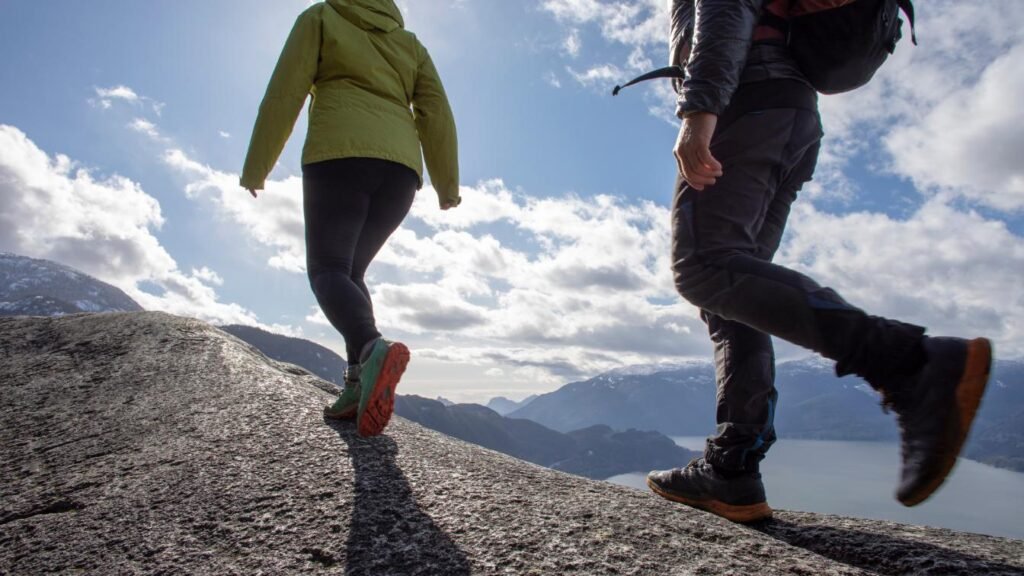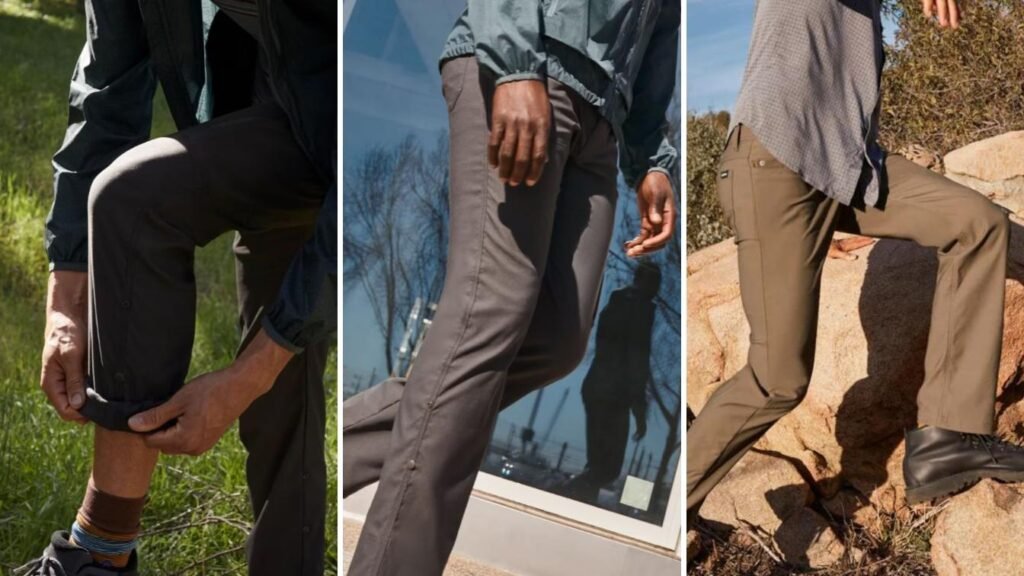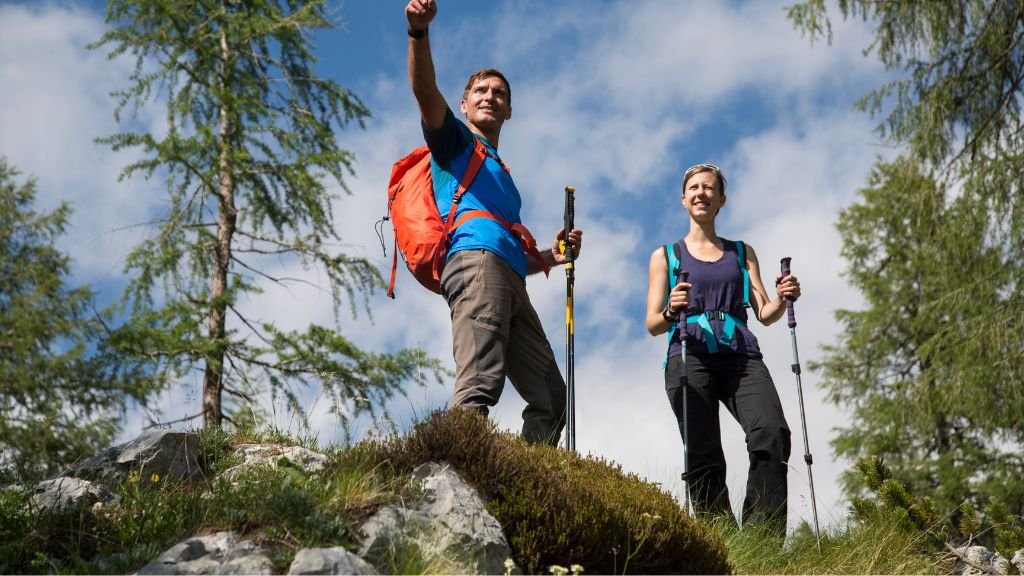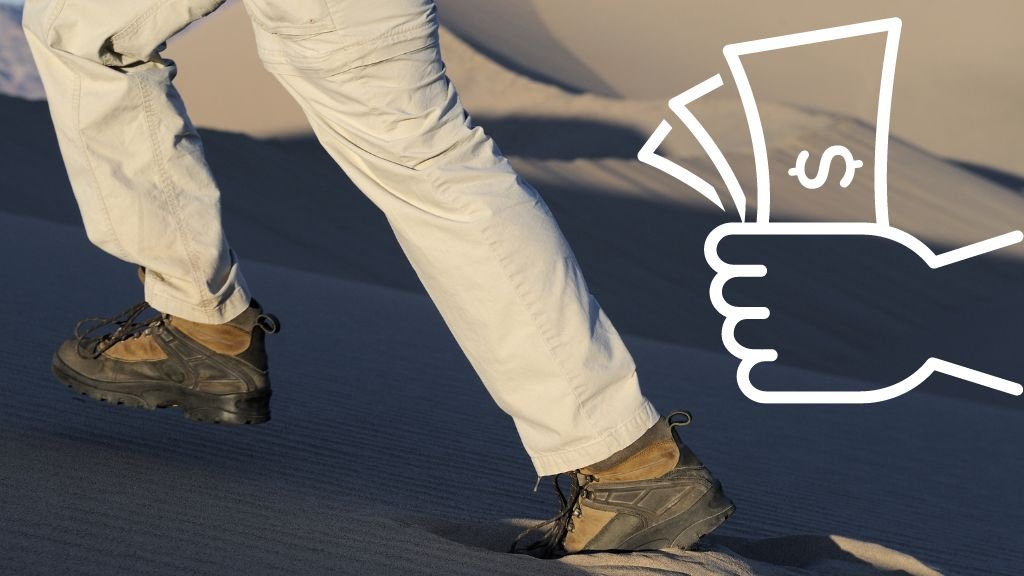Ever wondered if you should wear long pants when hiking? Let me answer this question straight away: Yes, you definitely should wear them. They offer great protection against scrapes and cuts and they’re warding off bugs and harmful UV rays.
I’m not suggesting you have to get rid of your shorts immediately or roast in heavy denim under the summer sun. There are still plenty of breathable, lightweight alternatives to shorts that I’ll introduce you to in this article.
Stick around as we break down the reasons why going long is the way to go, and provide you with practical advice on choosing the perfect pair for your next hiking trip.
How Long Should Hiking Pants Be?
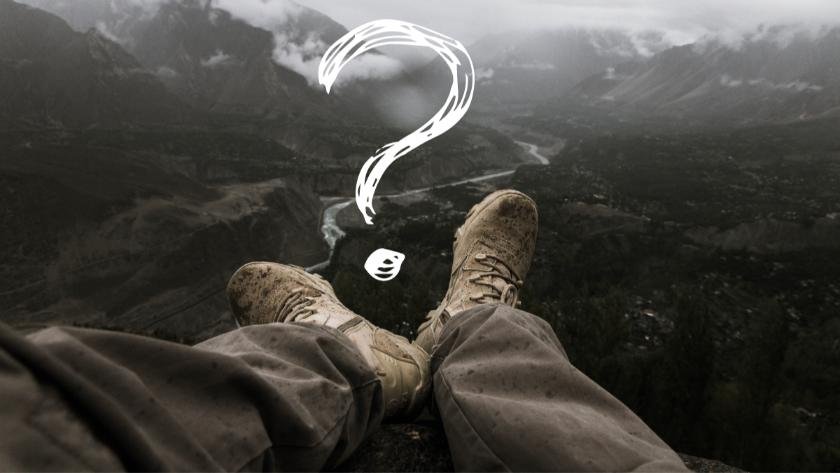
Ideally, your pants should be long enough to cover the top of your boot, but not so long that you’re stepping on them. This means they should reach roughly the middle of your ankle.
If they’re too short, they can become uncomfortable and expose your skin to the elements or insects. But if they’re too long and you’re constantly walking on them, they can become a tripping hazard and wear out more quickly.
It’s also important to consider movement and fit. Personally, I prefer pants that are relatively form-fitting but not restrictive, allowing for ease of movement. Your pants should also hang well, with bunching not being a problem if they move correctly.
Crotch Length
Another point to keep in mind is the crotch length. When standing, this should be from the front of your waistline (near your belly button), under your crotch, to the back of your waistline (near the small of your back).
Benefits of Wearing Long Pants While Hiking
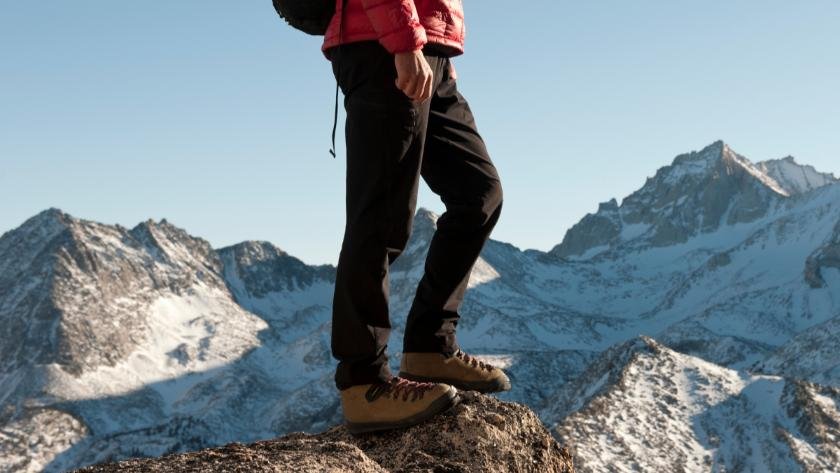
I’m sure you’ve noticed a mix of shorts and pants on the trails, but for me, after completing dozens of hiking trails, the benefits of wearing long hiking pants far outweigh the comfort of shorts. Here’s why.
Unparalleled Protection
When you’re hiking through dense vegetation or scaling rocky terrains, long pants act as a shield, protecting your legs from scrapes, cuts, and bruises.
I learned it the hard way while hiking in Costa Rica. I switched from long pants to shorts for a moment to see if I’d feel any difference. The result? Countless scratches and cuts. I don’t recommend shorts for hiking in this type of environment!
But most importantly, they provide a much-needed barrier against insects and ticks, which can be a real nuisance, and in some cases, even carry diseases.
Weather Protection
Shorts might seem like the better option on a hot day, but long pants can actually help regulate your body temperature by shielding your skin from the direct sunlight.
And If you’re hiking in cooler climates, long pants also provide that extra bit of warmth you’ll appreciate.
Comfort
This might seem counterintuitive but quality hiking pants are designed with movement in mind – they’re flexible, breathable, and lightweight, so you won’t feel restricted or overheated.
Versatility
They can be worn in virtually any hiking environment – whether it’s a sunny beach trail or a snowy mountain path.
Long Hiking Pants Drawbacks
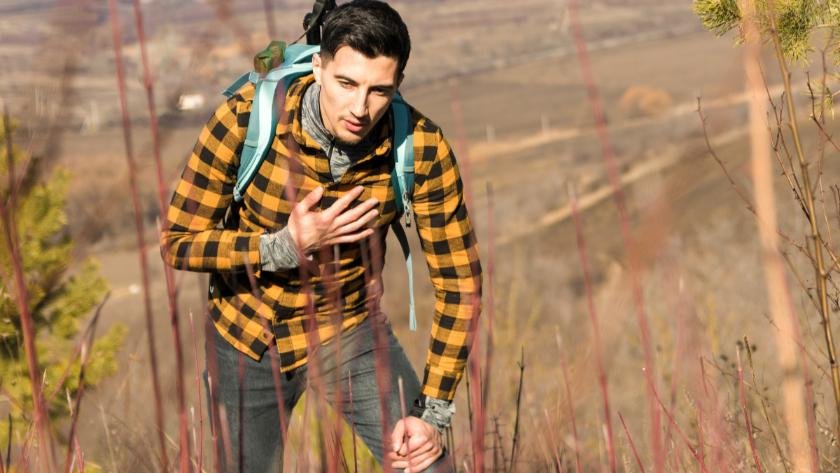
You might be thinking that long pants are the go-to choice for any hiking trip. They provide protection from the elements, after all. But there are a few downsides of long hiking pants too, especially those cheap and bad-quality ones and I experienced it firsthand.
Hot Weather Discomfort
Imagine this – you’re halfway through a strenuous uphill climb, the sun is beating down, and your long pants are starting to feel like a portable sauna. Overheating? Definitely a possibility. Not to mention the sweat! Sweat trapped against your skin can lead to uncomfortable chafing.
Limited Mobility
While they may offer some protection, they can also limit your flexibility and range of movement. Let’s say you need to scramble over rocks or navigate through dense undergrowth. In such scenarios, bad-quality or even average-quality long pants could end up being more of a hindrance than a help.
Alternatives and Compromises
While my preference leans towards long pants, I get why you might be a big fan of shorts. They’re airy, comfortable, usually a bit cheaper and let’s face it, on a hot day, quite tempting.
But there are also interesting alternatives and compromises that can give you the best of both worlds without having to fully commit to either option.
Choose the Right Material
Materials like nylon and polyester are super light, so you won’t feel like you’re dragging around extra weight. They’re champions at wicking away sweat and letting your skin breathe. Even on those tough uphill sections, you’ll still feel pretty cool.
Choose Convertible Pants
Convertible hiking pants are another game-changer and they work for me like a charm on pretty much any hiking trip. You can simply switch between long pants and shorts at your convenience. It’s like carrying two pairs of pants in one, saving you space and weight in your backpack.
They offer practicality for varying weather conditions. One moment it’s sunny and warm, perfect for shorts, and the next, it’s windy and cold, making you wish you had worn long pants. With convertible hiking pants, you don’t have to wish anymore.
Rethink Your Layering Strategy
Layering strategies also come into play here. By using base layers under shorts or utilizing removable leg covers or gaiters, you can easily adjust to temperature changes throughout your hike. This way, you won’t have to worry about freezing in the morning chill or overheating in the afternoon sun.
Wrapping Up
Long pants definitely offer benefits like protection from harsh weather, insects, and abrasive vegetation. But they can also be too warm in certain climates or during intense physical exertion. Alternatives like convertible pants can provide a versatile solution to suit a range of conditions.
The best option depends on your personal preference, the specific conditions of your hike, and your tolerance for discomfort or risk. My advice for you is to experiment with different types of hiking pants until you find what works best for you.

